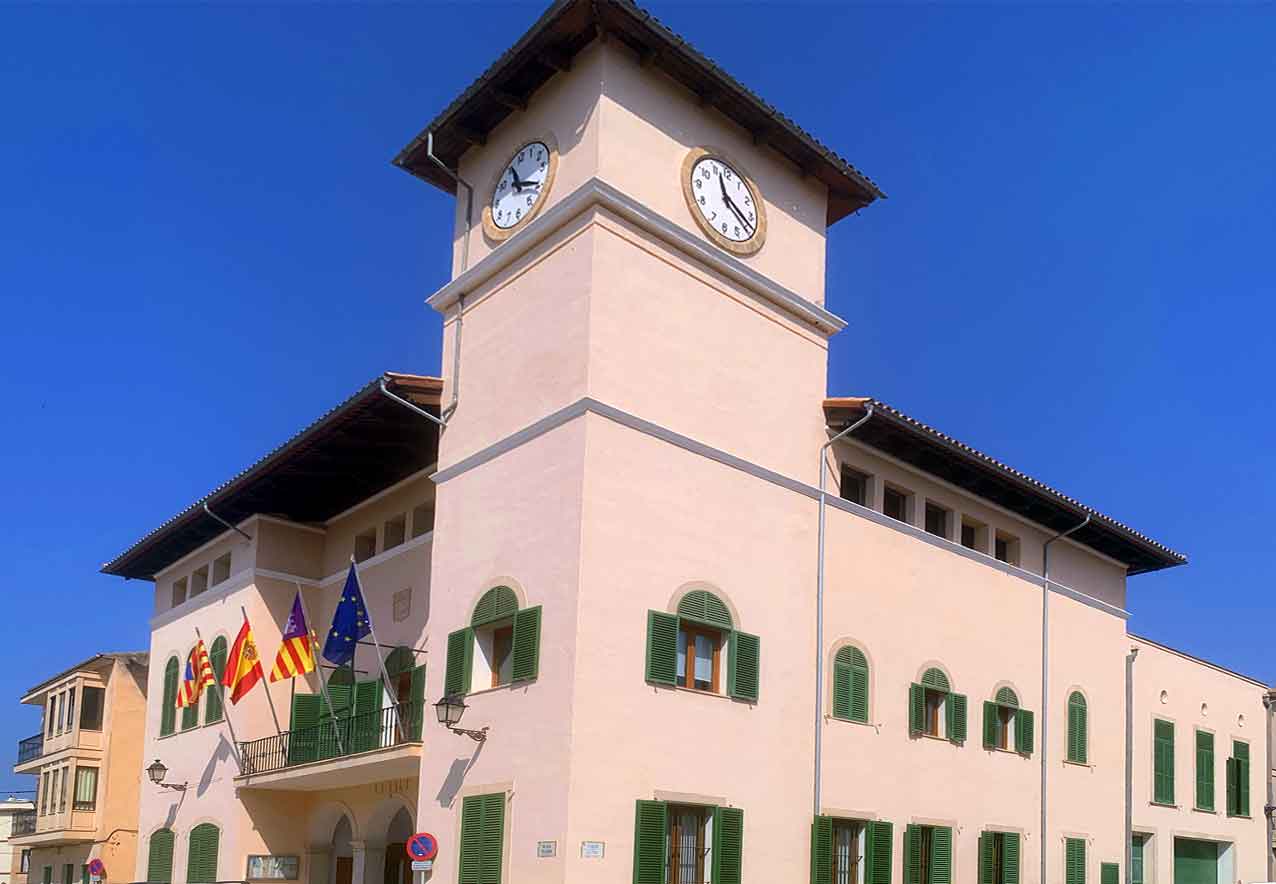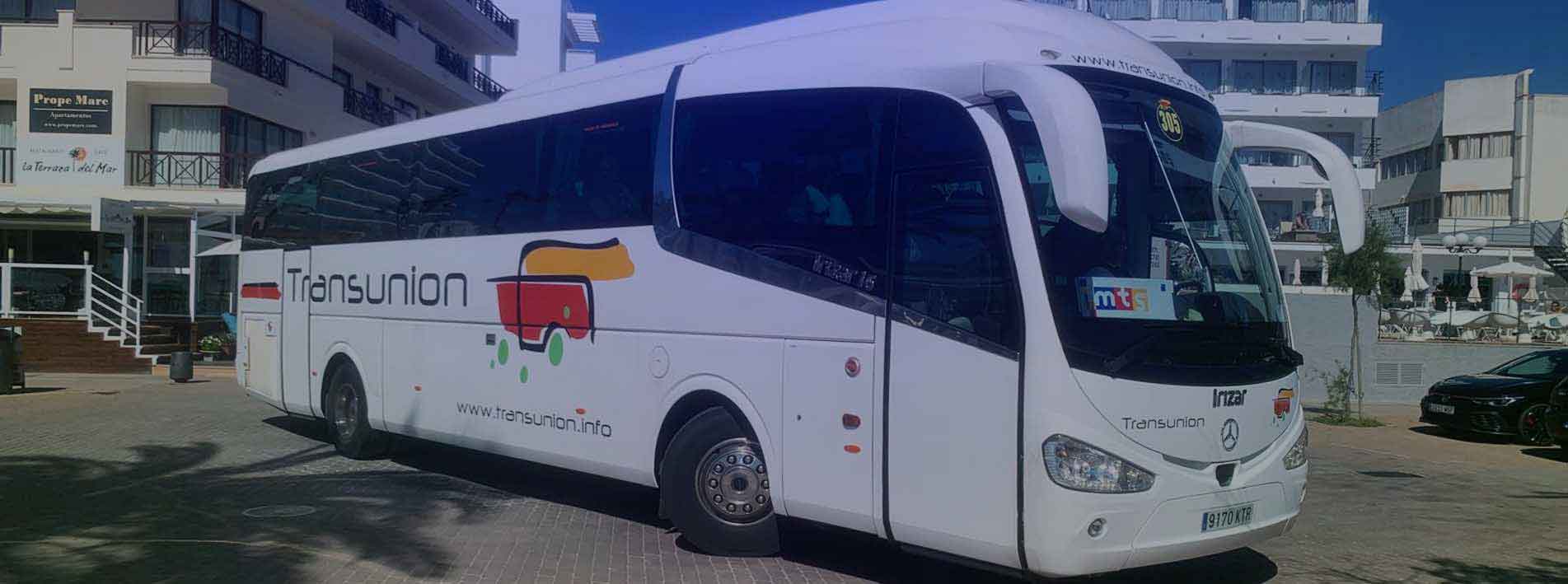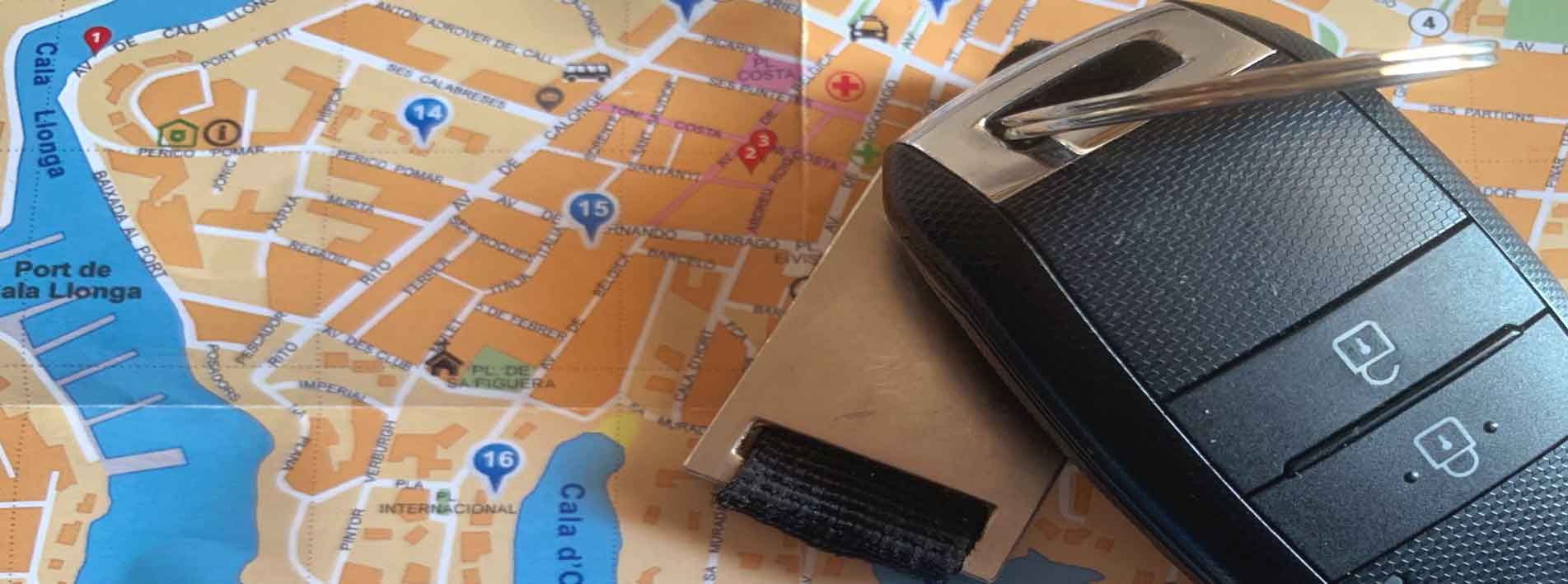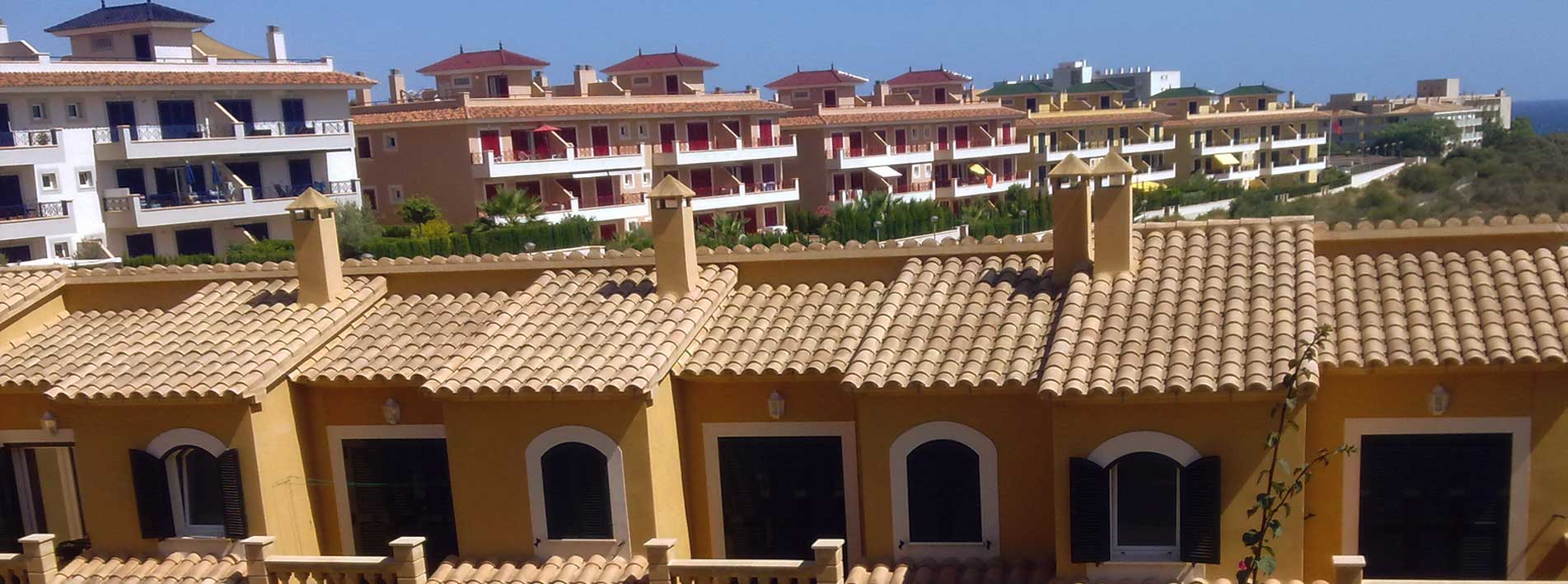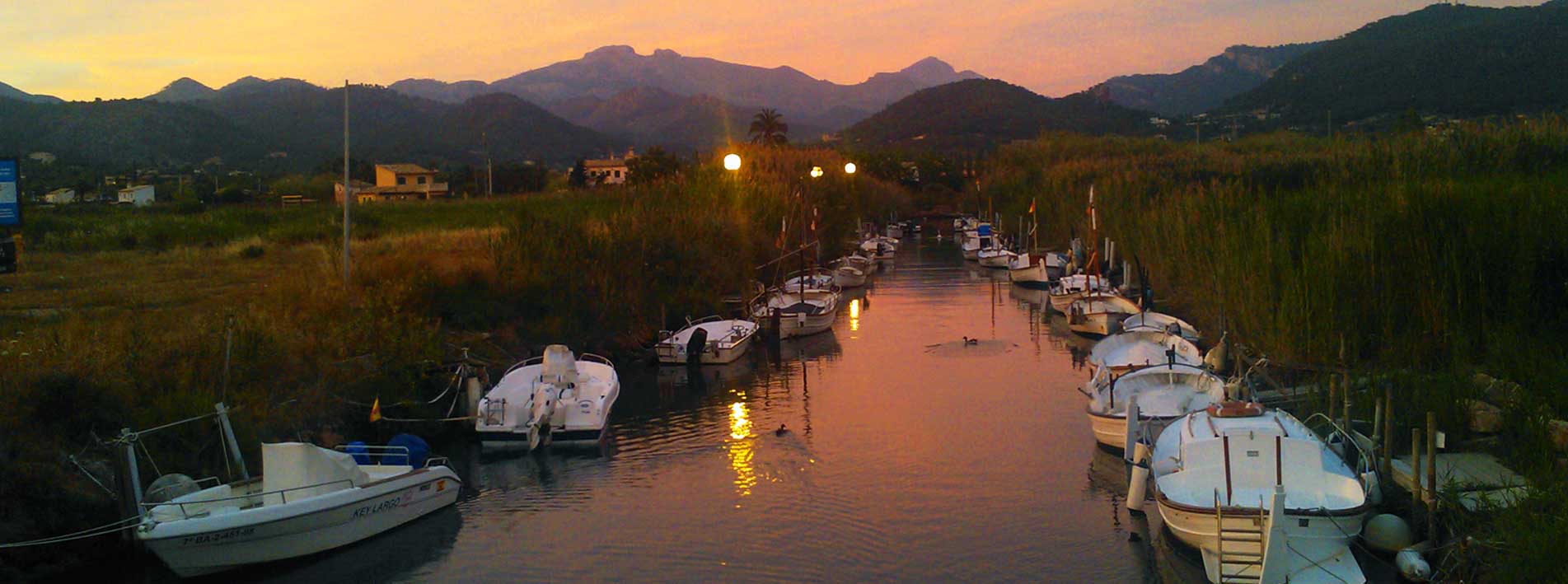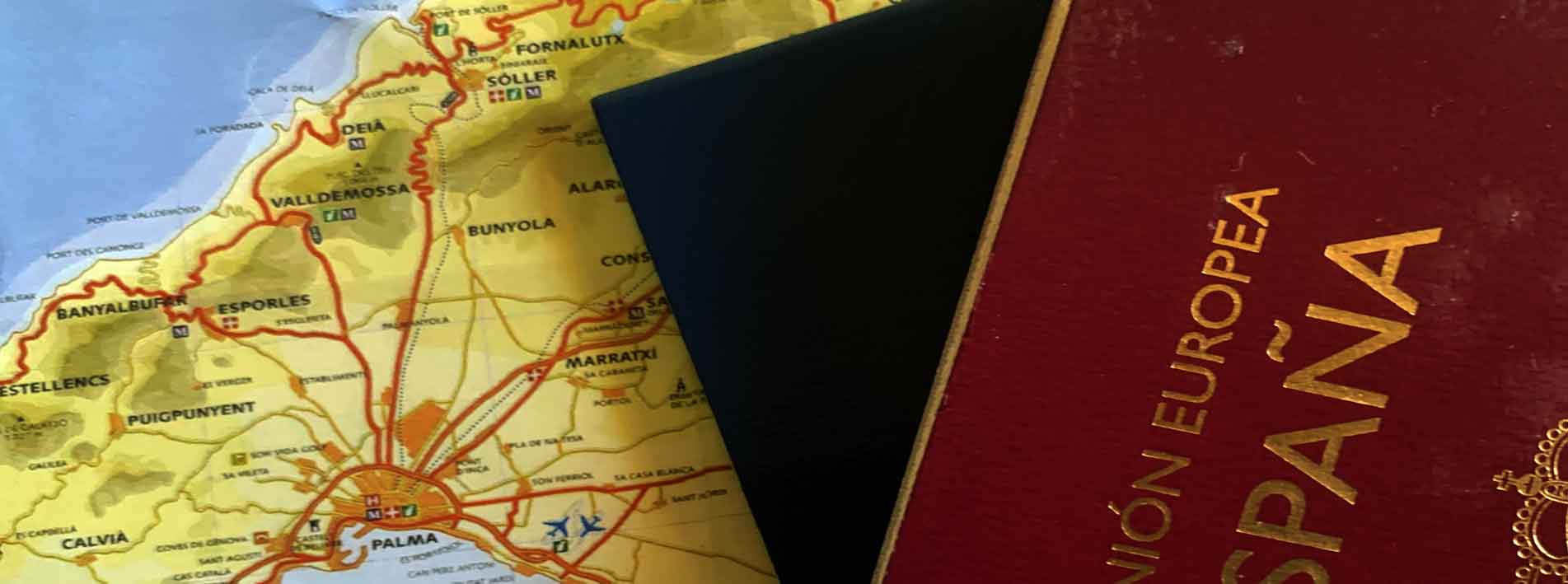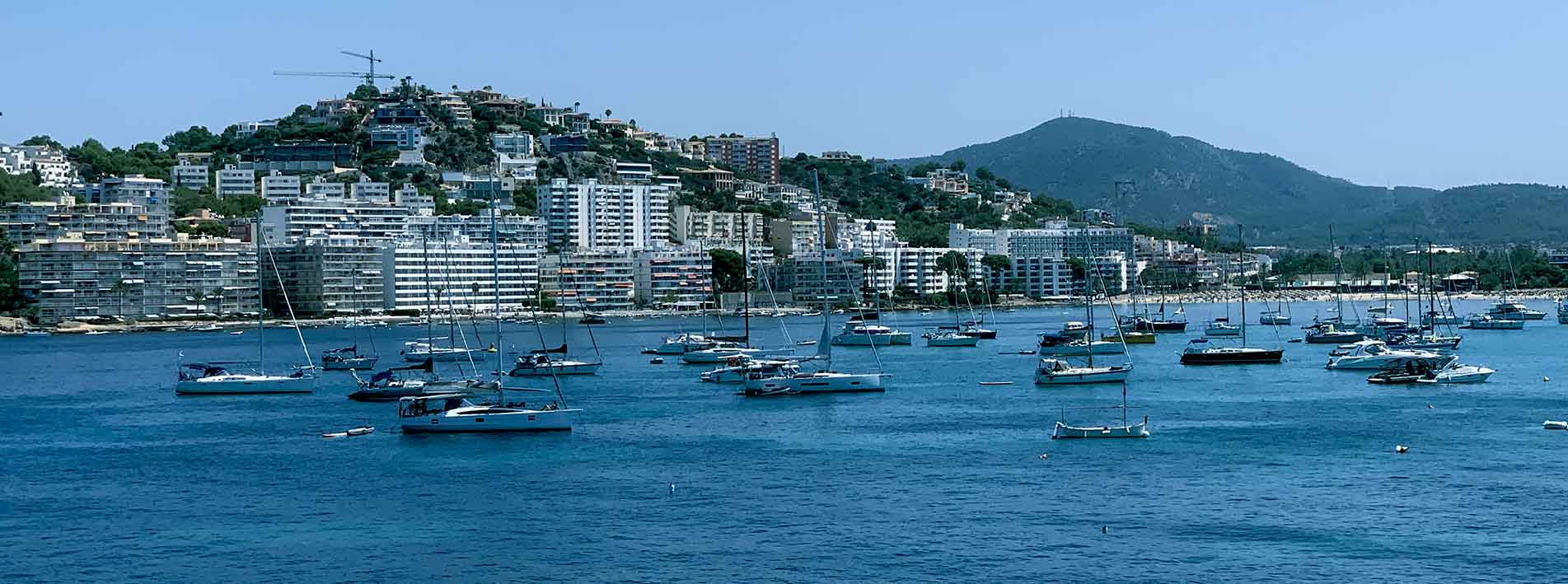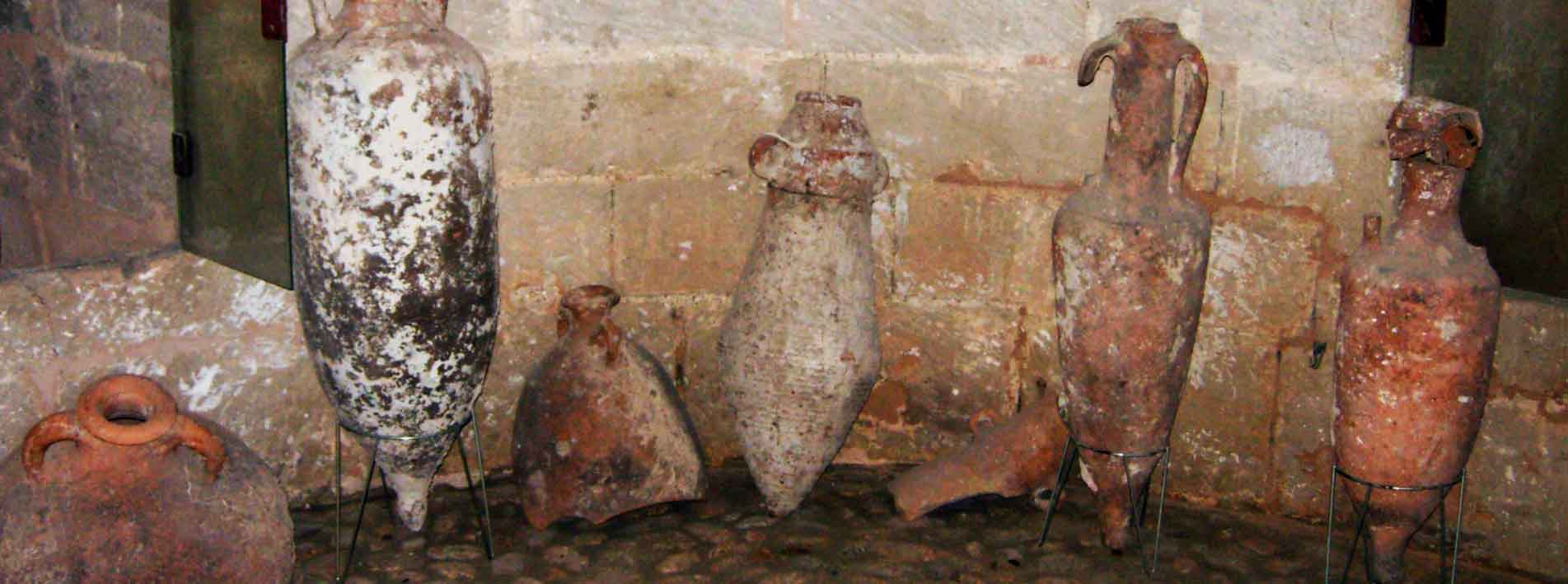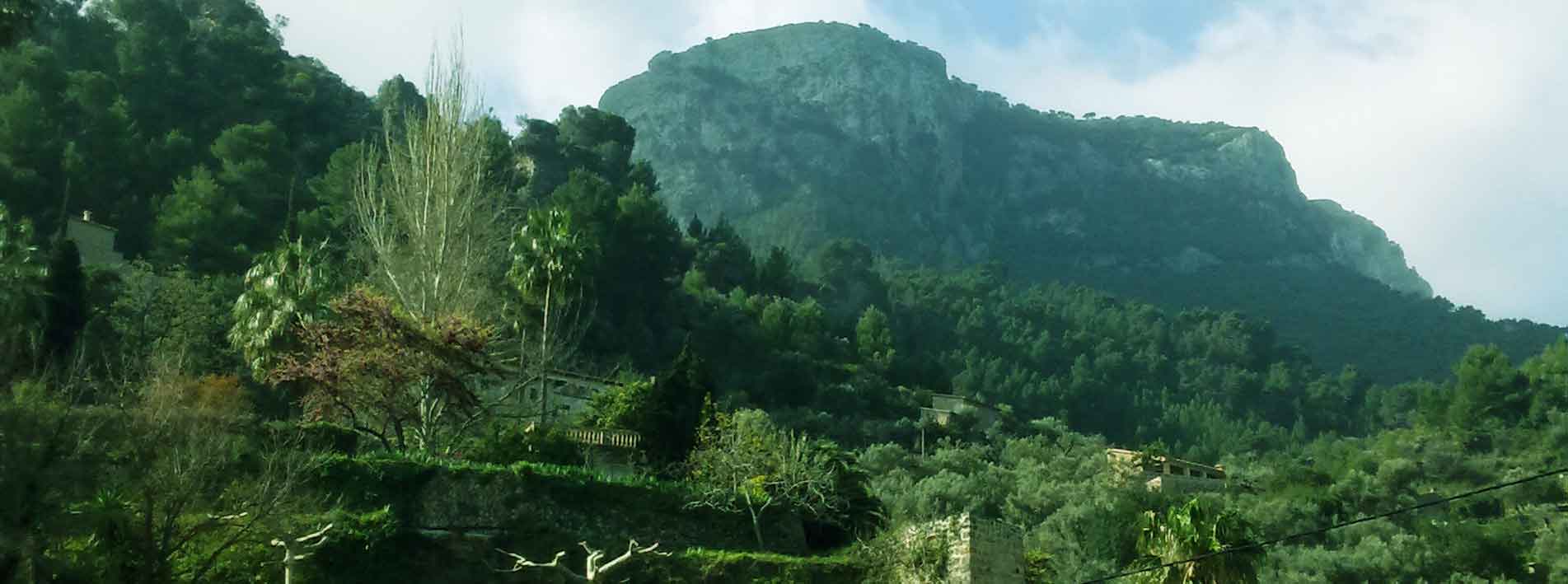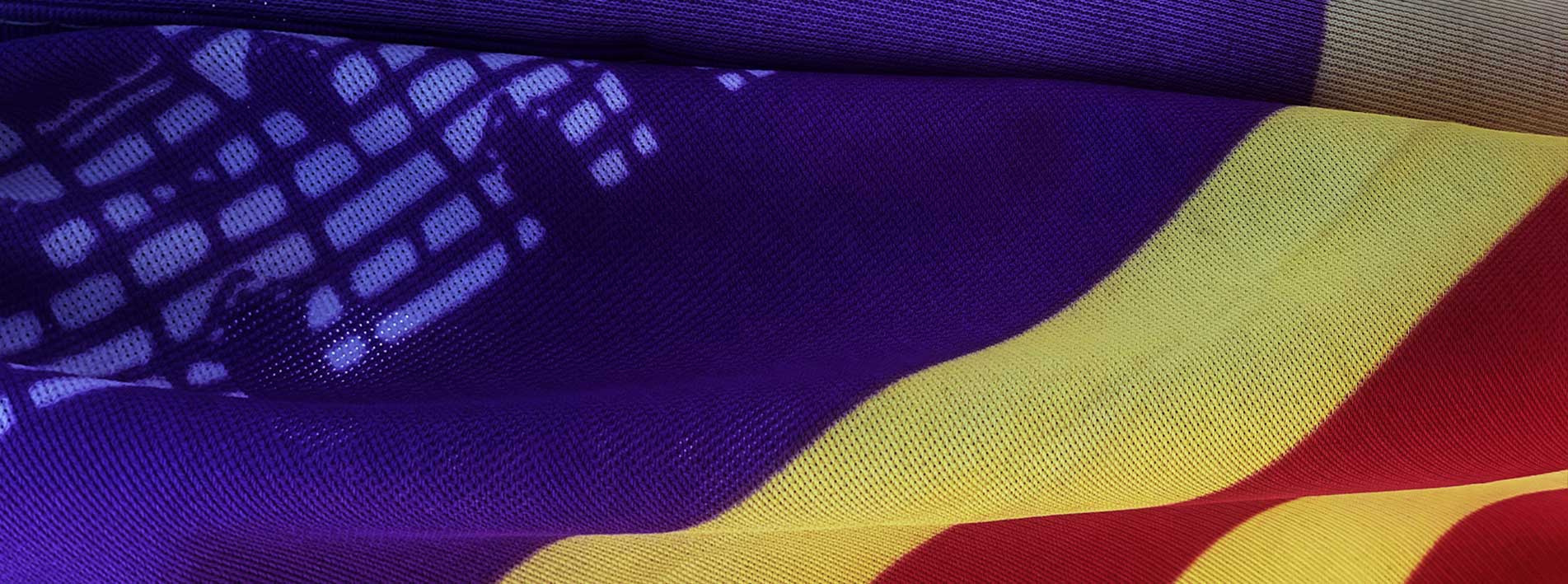What to see and do in Ses Salines
Ses Salines is a town, a municipality, and an important village in Mallorca located in the south of the island. It is known for its salt production and for being the starting point of the route to the Cabrera Archipelago Maritime-Terrestrial National Park. Its name comes from the ponds used for salt production, and it is home to the Colonia de Sant Jordi, a tourist destination with a fishing port, coves, and beaches such as the Es Trenc-Salobrar Natural Park.
Ses Salines is approximately 52 km from Palma, about a 40-minute drive. As part of the Migjorn comarque, the municipality borders Campos to the west and Santanyí to the east and is known for its southernmost point, Cap de Ses Salines. This picturesque Mallorca town combines a quiet, residential atmosphere with outdoor activities, including hiking, cycling, diving, and snorkeling.
 What to see and do in Ses Salines? Places of interest
What to see and do in Ses Salines? Places of interest
Ses Salines is a municipality in the south of Mallorca known for its historic salt flats, its proximity to unspoiled beaches such as Es Trenc, and its archaeological importance. The municipality includes the town of Ses Salines and the tourist resort of Colonia de Sant Jordi, and is ideal for those who enjoy nature, outdoor sports such as hiking and cycling, and local gastronomy.
 What to see and do in Ses Salines: History and heritage
What to see and do in Ses Salines: History and heritage
Salt flats: The municipality took its name from the salt flats, which are among the oldest in the Mediterranean, dating back to the 4th century BC. Artisanal salt extraction continues today.
Archaeological sites: Remains of ancient settlements have been found, such as the Talayotic settlement of Els Antigors (c. 1000 BC). This discovery, together with the age of the salt flats, which date back to the 4th century BC, reflects very early and strategic human occupation in the area.
Civil architecture (historic buildings): The village of Ses Salines has a Balearic architectural style with two- or three-story houses. There are historic mansions in the area, such as the old Can Bonico estate, which is now a hotel. The historic civil buildings of Ses Salines in Mallorca also include the Old Church (now a cultural center) and structures related to the salt flats, such as the fortified house of s’Avall. In addition, defense towers to protect against piracy and windmills for grinding wheat have been preserved.
Defensive architecture: This focuses on a Roman Republican military fort from the 2nd century BC (120-100 BC), which functioned as a castellum and housed a cohort, according to recent archaeological findings. This fort, strategically located in the south of the island, is part of Mallorca’s long military history, with defenses dating back more than 25 centuries, according to some documents from the period. The municipality also has a late 18th-century tower called Ses Salines Tower or Regana Tower, which was used for coastal surveillance and connected to the 16th-century network of defense towers.
 What to see and do in Ses Salines? Nature and activities
What to see and do in Ses Salines? Nature and activities
Natural Park: The municipality is included in the Es Trenc-Salobrar Maritime-Terrestrial Natural Park of Campos, a protected area in the southeast of Mallorca that stands out for its beach-dune, wetland, and salt flats system. It is a paradise for birdwatching, home to numerous species, and combines ecosystems such as dunes, posidonia oceanica meadows, marshes, and pine forests. The park includes the iconic Es Trenc beach, known for its natural beauty and crystal-clear waters.
Beaches: The municipality of Ses Salines has several white sand beaches with crystal clear waters, such as Es Dolç, Es Carbó, and Es Trenc, surrounded by dunes and pine trees. It also includes small coves such as Cala Galiota and Es Port. The beaches are located near Colonia de Sant Jordi and in a protected natural environment.
Hiking: Hiking in the municipality of Ses Salines is characterized by coastal and inland routes, notably the trail from the Ses Salines Lighthouse to Cala Mármols (about 9.7 km, moderate). Other popular options include the route from Colònia de Sant Jordi to the Ses Salines lighthouse and the route from Cabo Ses Salinas to Playa des Caragol (about 8.9 km, moderate). Hiking in the area is diverse, with flat paths and coastal trails along cliffs, and you can also explore the interior of the municipality, passing by dry stone walls and the Talayotic site of Els Antigors.
Cycling: Ses Salines offers a mix of nature, culture, and history through cycling routes that allow you to explore the landscape of the salt flats and beaches, such as Es Trenc or Ses Salines, and visit charming villages such as Ses Salines itself and Colonia de Sant Jordi. You can enjoy easy rides on flat terrain or more demanding routes that combine the coast with the interior, passing through landscapes of dry stone walls, farmland, and even the Cap Salines lighthouse.
And that’s it for this brief overview of what to see and do in Ses Salines, Mallorca. We hope it helps.
By the way: Are you coming to Mallorca on a tourist trip? If you find it helpful, you can also check out our travel guide to Mallorca and more tourist information about the island

